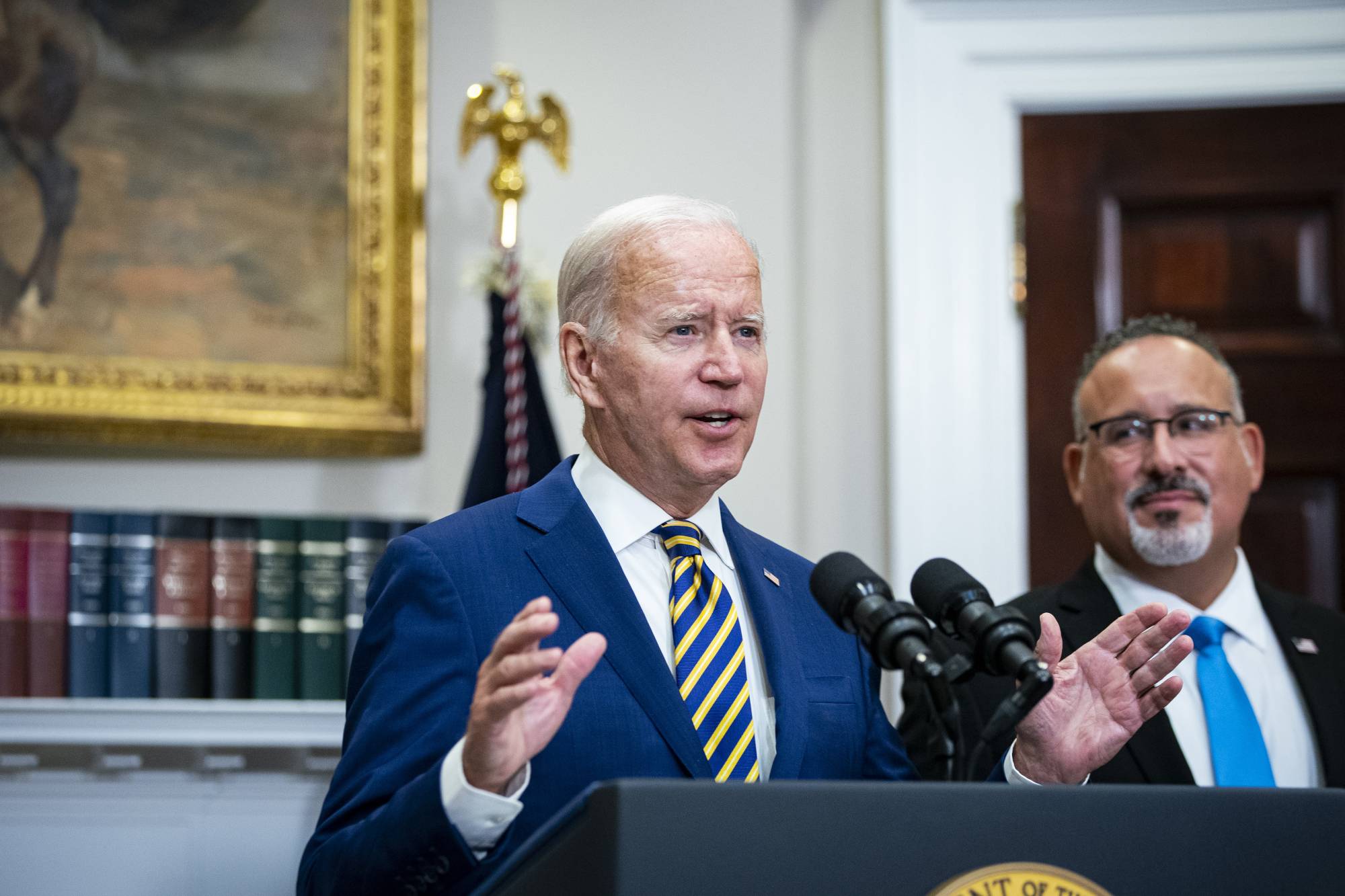U.S. President Joe Biden’s plan to forgive a portion of student loans held by tens of millions of people will ripple through the economy as personal spending and savings shift, but no factor will be more closely watched than inflation.
In announcing the plan Wednesday, the White House flagged that the move would have competing impacts. On the one hand, it’d reduce overall household debt and potentially provide more spending power. On the other, it offers a timeline to restart payments that have been suspended for more than two years.
Overall, the combination of higher savings and lower debt could drive inflation up by 0.1 to 0.3 percentage points, according to Michael Pugliese, an economist at Wells Fargo & Co. Bloomberg Economics sees the potential to add as much 0.2 percentage points next year, with risk to the upside. Headline inflation last month, as measured by the consumer price index, was 8.5%, near a 40-year high.



















With your current subscription plan you can comment on stories. However, before writing your first comment, please create a display name in the Profile section of your subscriber account page.